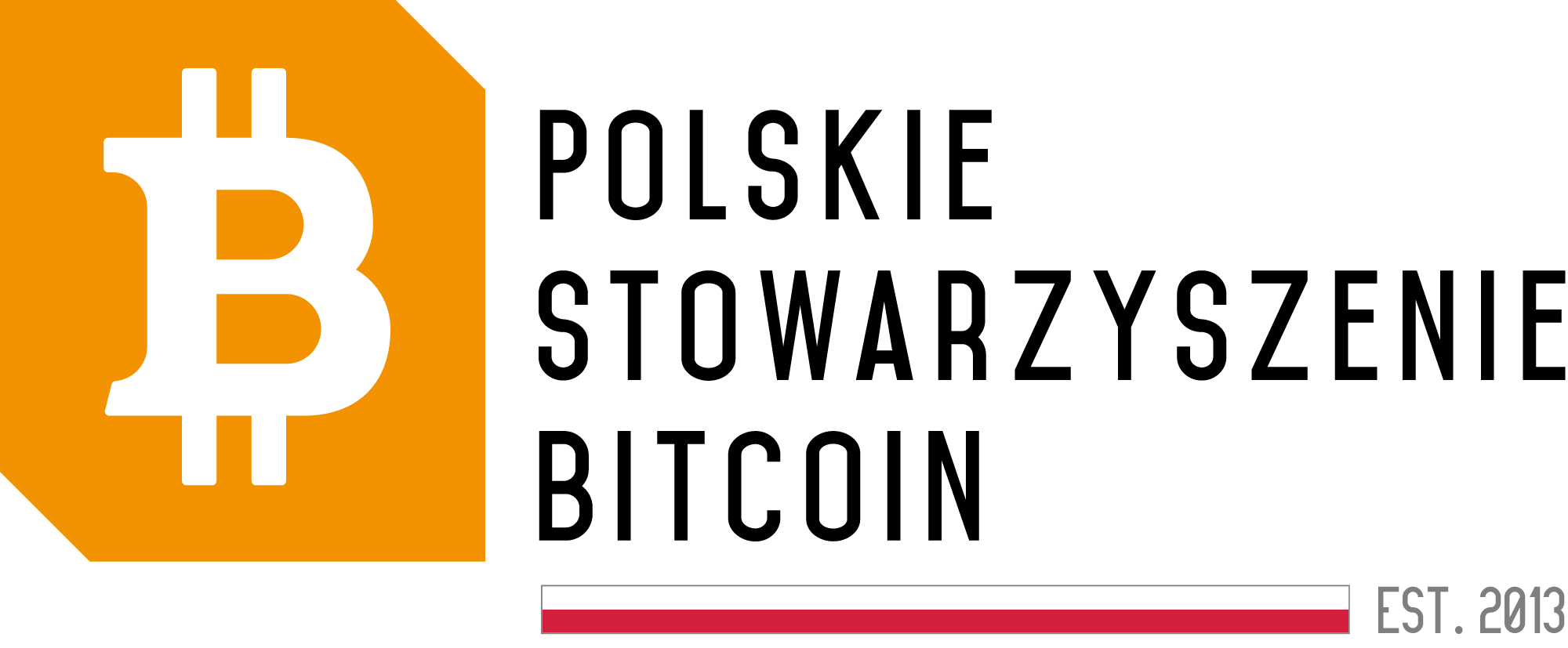denial-of-service attack
A Denial of Service (DoS) attack, also known as DDoS (Distributed Denial of Service), is a form of cyberattack aimed at disrupting access to a service, website, or computer network by overwhelming the server with requests. The targeted system becomes unavailable to legitimate users, leading to serious consequences such as data loss, loss of customer trust, or financial losses.
How does a Denial of Service attack work?
A DDoS attack involves sending a massive amount of requests to the server or network, causing it to become overloaded and unable to handle legitimate operations. Attackers typically use botnets – groups of infected computers or IoT devices that are remotely controlled by hackers. This makes the attack more effective and harder to identify.
Types of DDoS attacks
There are several basic types of Denial of Service attacks, including:
- ICMP Flood attacks – involve sending large amounts of ICMP (Internet Control Message Protocol) packets to the server, aiming to block access for legitimate users.
- SYN Flood attacks – attackers send multiple false TCP connection requests that are not finalized, leading to the queue of connections being filled and preventing new clients from establishing a connection with the server.
- HTTP Flood attacks – entail generating many HTTP requests in a short period, which can overload the server and prevent users from accessing the service.
How to protect against Denial of Service attacks?
To protect against DDoS attacks, it is advisable to implement appropriate solutions such as a firewall, Intrusion Detection and Prevention Systems (IDS/IPS), and Content Delivery Network (CDN) services, which can help alleviate network traffic in the event of an attack. It is also crucial to monitor network traffic and react promptly if an attack is suspected.
Denial of Service attacks pose a serious threat to businesses and institutions, making it essential to take appropriate preventive measures and be aware of the risks associated with these types of attacks.






